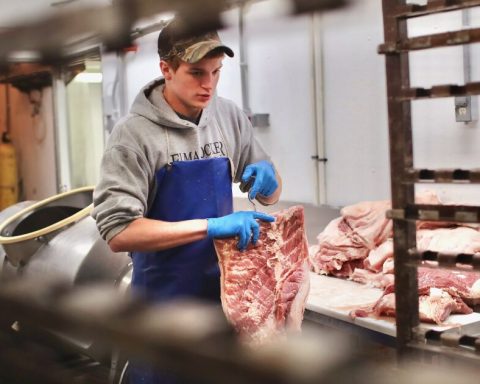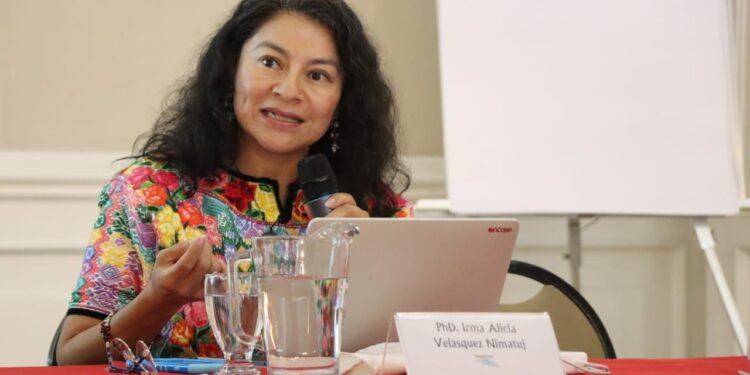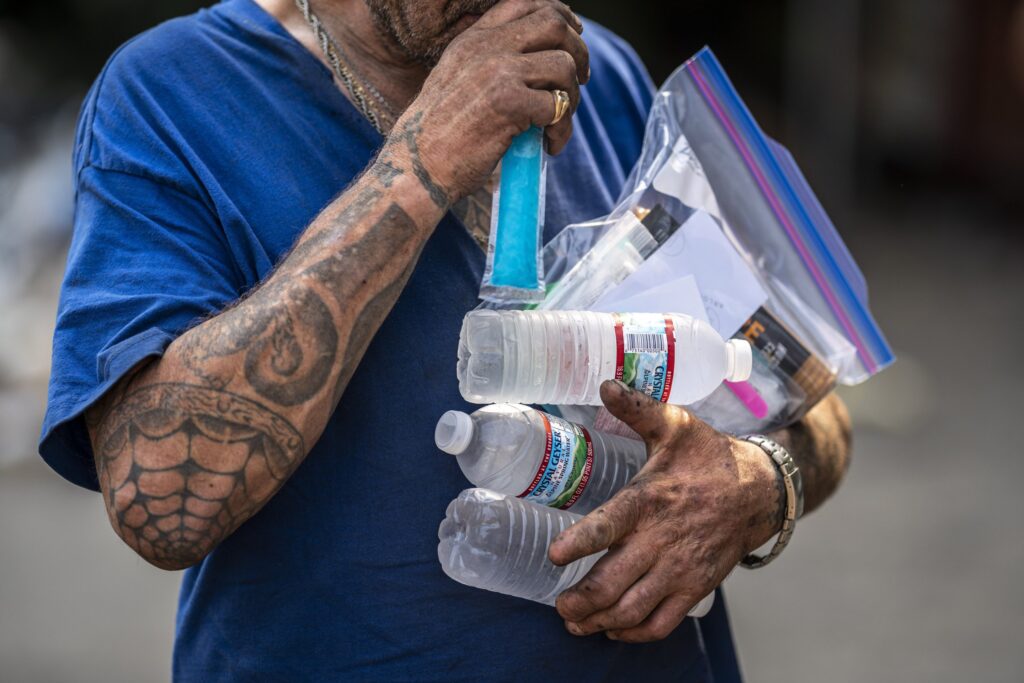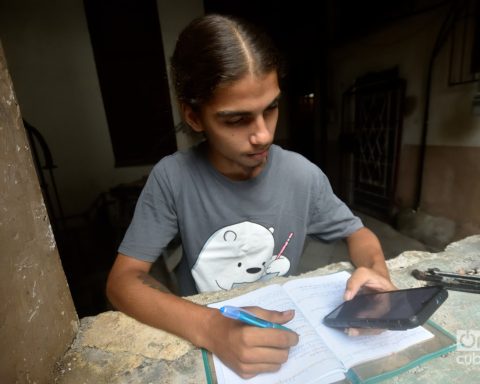H
a century ago, the The main problems that affected the 2 billion inhabitants of the planet were the lack of drinking water, extreme pollution due to industrial activities and the colonial exploitation of the peoples of Africa, Asia and Oceania by the European powers. Since then the population has more than quadrupled and the big problem now is global warming. And this because it increases poverty, malnutrition and even death, especially of those who live in the midst of extreme deprivation. Also in the industrialized world: by 2050, many cities in the United States (including New York) will experience more days of extreme heat, severely affecting the lives of their inhabitants.
There is no solution in sight, since recent data shows that the reduction of greenhouse gases (causes of climate change) will barely be 7.5 percent by 2030, when 55 percent is required in order to limit the increase in the global temperature below 1.5°C. It is the maximum defined by experts as the least risky scenario for the future of humanity. In the recent words of António Guterres, Secretary General of the United Nations, we are still headed for climate catastrophe
.
And this catastrophe is expressed, among other things, in greater food insecurity due to problems in the harvest of the most consumed products, the lack of them, their poor distribution and the increase in their prices, especially in the poorest countries of Africa, Asia, Latin America and the Caribbean. And on top of that, about a third of available food is lost or wasted, and natural resources and those invested in food production are not used sustainably. No country is exempt from the above.
Indeed, if the 500 million people who live in areas undergoing desertification are more vulnerable to climate change and extreme events, such as drought and heat waves, other regions are also affected. Since last month they have caused havoc and fires in Europe, China, the United States, Africa. Also in mexico. This impacts the availability of water for families and agro-industrial activities and in order to guarantee public health. As always, the most affected are hundreds of millions of poor people.
Three years ago the Intergovernmental Panel of Experts on Climate Change highlighted how it affects food security. It occurs through declining agricultural yields, especially in the tropics, increased prices, reduced nutrient quality, and supply chain disruptions. The most drastic impact was found in low-income countries in Africa, Asia, Latin America and the Caribbean.
Said panel was correct. Last November, the United Nations reported the first famine due to climate change: in Madagascar, which has 27 million inhabitants. Due to the drought (the most intense recorded in 40 years), the sandstorms due to soil erosion and deforestation, and the covid-19 pandemic, 1.3 million suffer from lack of food and water. The most affected are children. It was impossible in that country to cultivate and harvest. And unlike the famines in Yemen, South Sudan and Ethiopia, due to internal conflicts, the one in Madagascar is the result of devastating climatic factors.
At the same time, international organizations denounce how Africa is where the heat and drought are increasing the most, causing disruptions in their economic, ecological and social systems. By 2030, some 118 million extremely poor people will be exposed to climate variations there. And one of the effects will be the lack of food. Mass migrations will be more numerous than today. And the Europe that for so long exploited without measure the human and natural resources of that continent will not be able to avoid the migratory waves of the victims of climate change and poverty.
We also have migrations in Latin America and, of course, in Mexico in the direction of the United States. They will be greater as global warming especially affects the agricultural sector. Since there are no effective policies to prevent such warming, there will be no walls to contain them.















